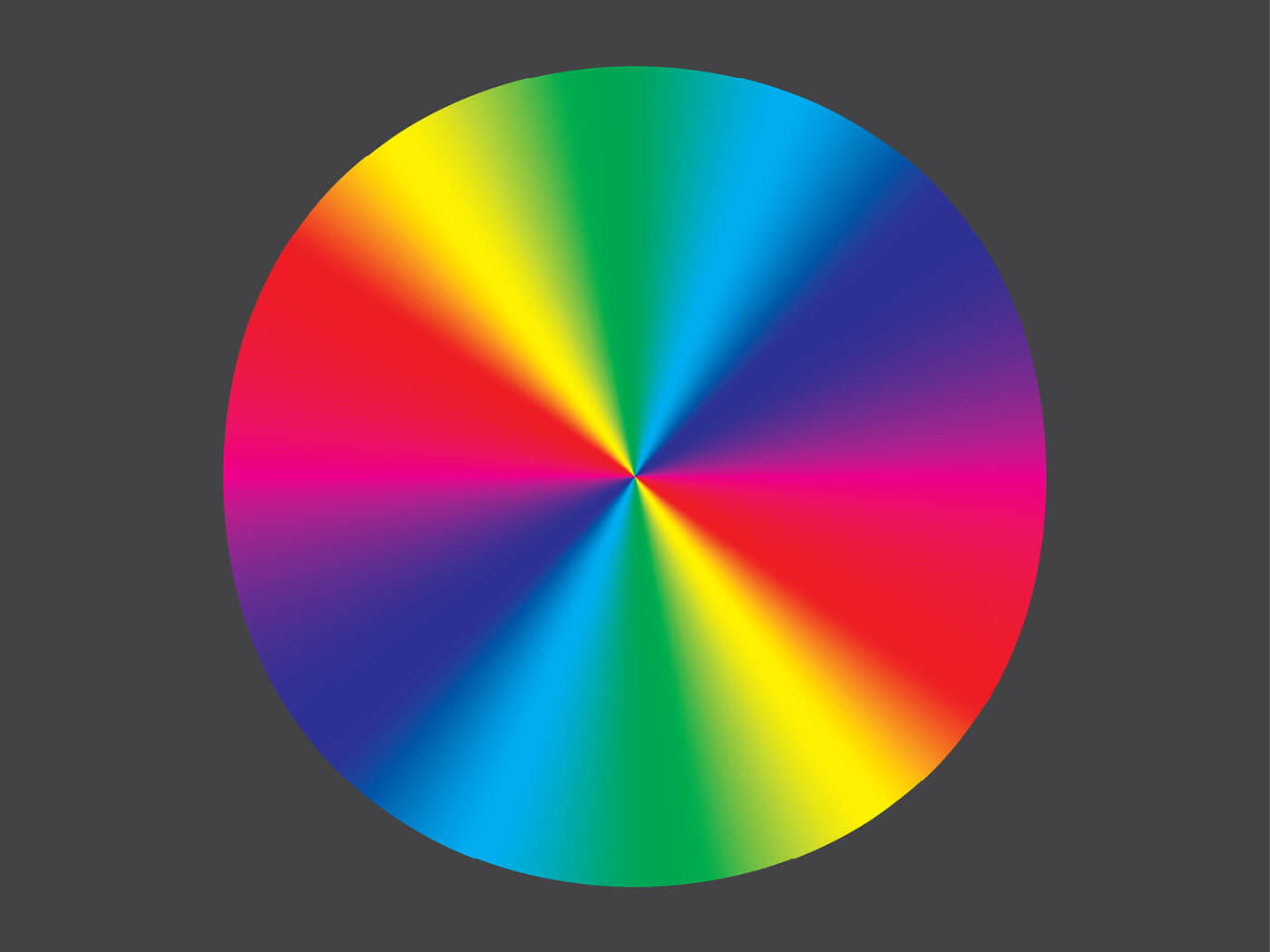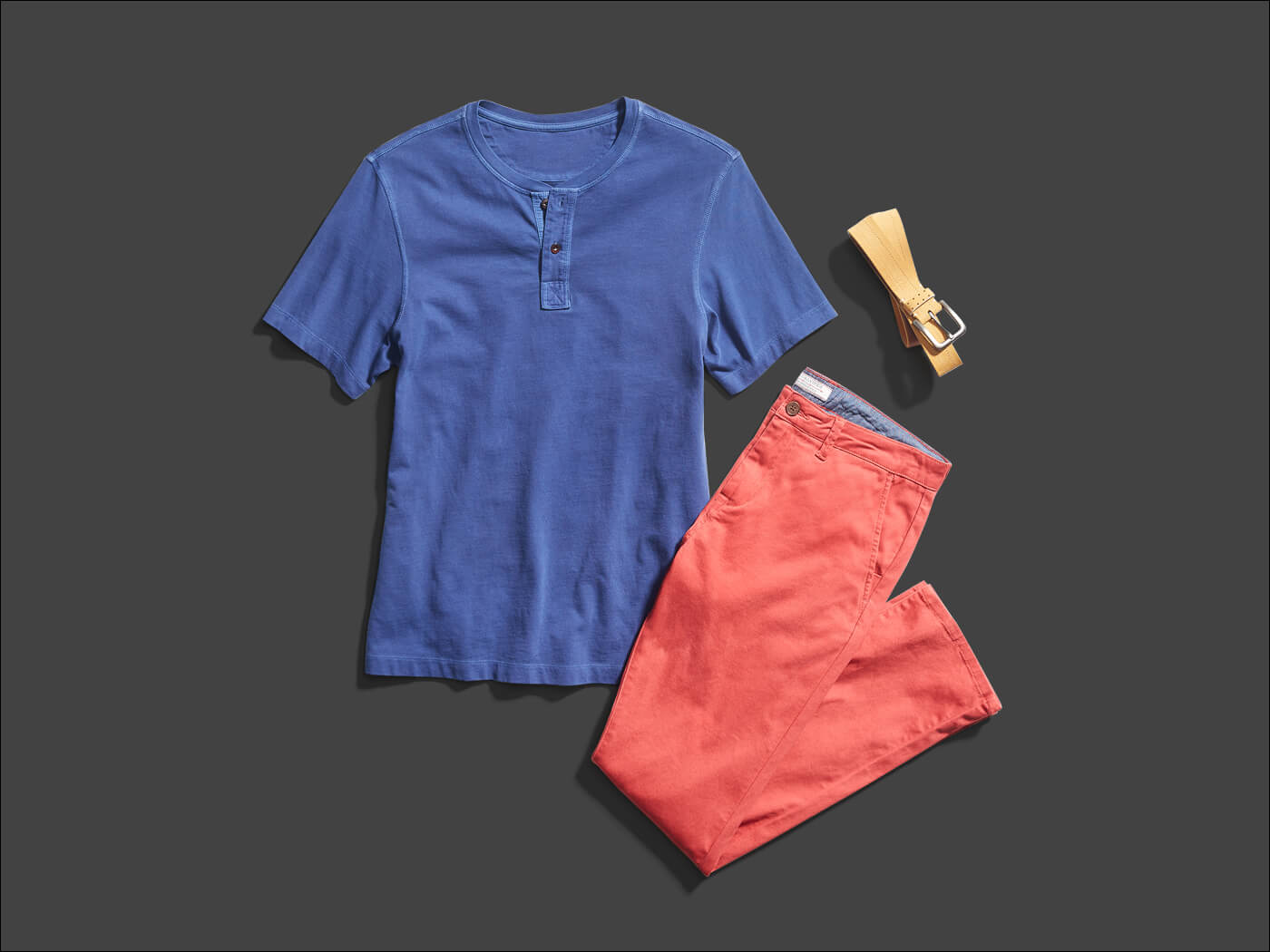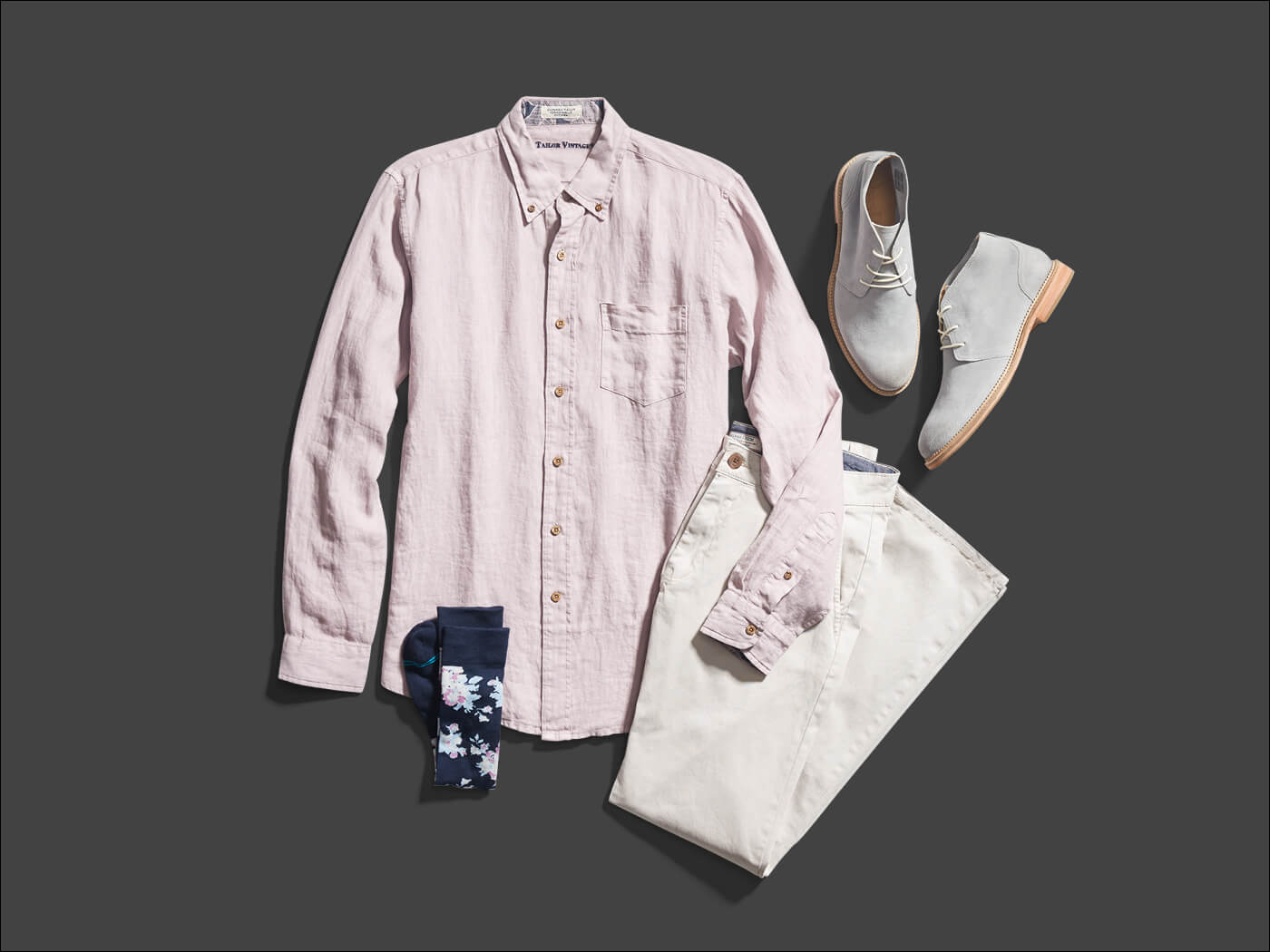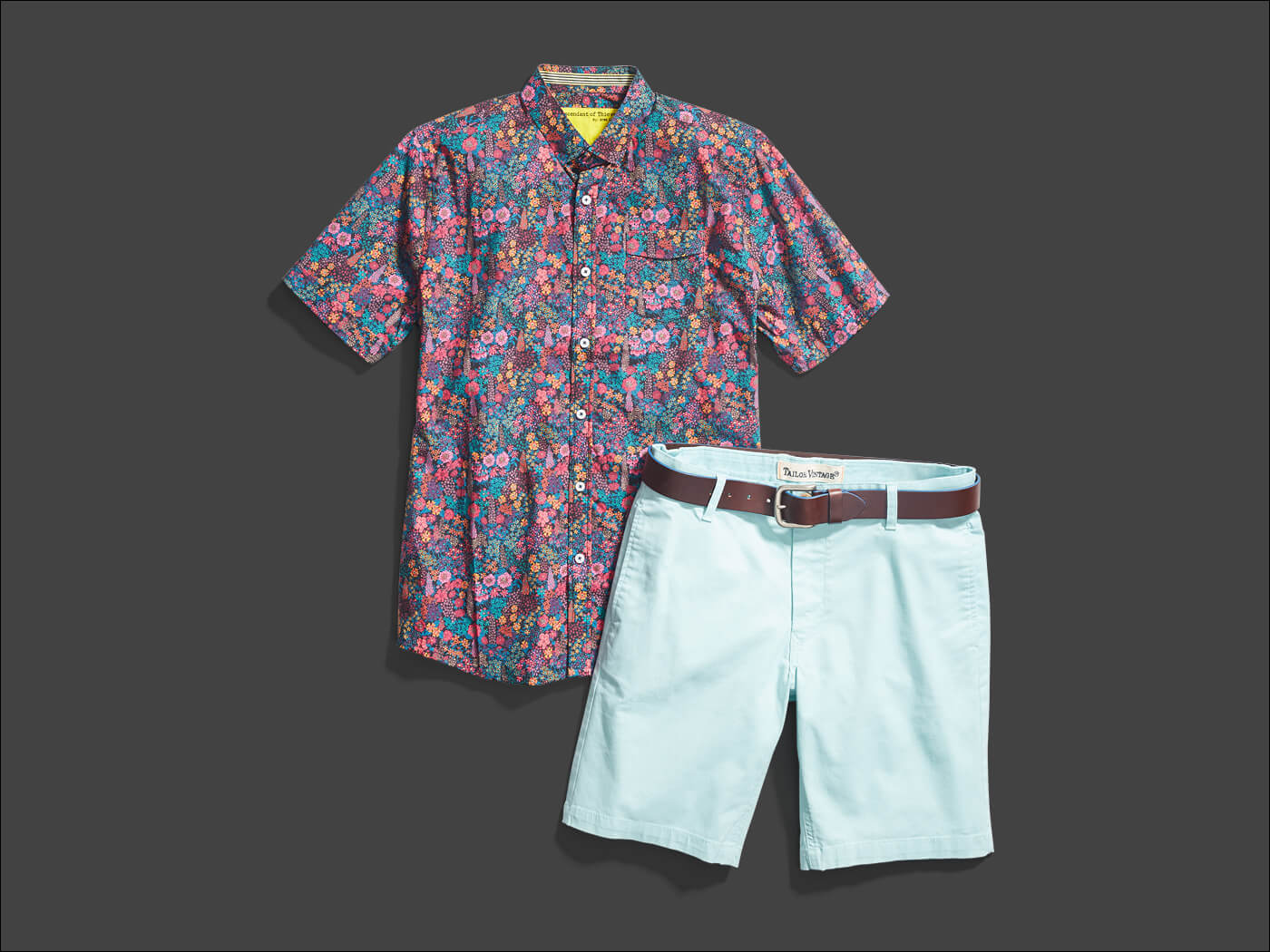
Follow the rainbow for some tips to keep your hues on cue.
Spin the color wheel
Remember the color wheel? Here’s a refresher. All it takes is three primary colors—red, yellow, and blue—to make up every color in the rainbow (and then some). Need a quick color theory 101? Just mix the primaries by pairs, and you get three secondary colors.
- Red + blue = violet
- Blue + yellow = green
- Yellow + red = orange
On the color wheel, primary and secondary colors alternate. Since there are an infinite number of colors, why don’t we start with these six to figure out which colors work best for you.
Principles of mixing color
Ready for the rest of the rainbow? Saddle up. If there’s one thing to know about the color wheel, it’s the concept of complementary colors.
- Red is the complement of green
- Blue is the complement of orange
- Yellow is the complement of purple
When you mix two primaries together (e.g., red and blue), the primary you didn’t use (yellow) is the resulting color’s (purple) complement. It sounds complicated, but that’s why we have the wheel. Complementary colors always sit opposite each other.
Pro Tip: Complementary colors have the built-in aesthetic appeal of natural contrast.
What’s Complementary Contrast?
There are no hard and fast rules about mixing colors, but here are some starting principles to serve you well.
Contrasting elements strengthen one another by making them stand out. A white shirt looks better against dark pants than it does against light ones. Colors work the same way. Orange might not usually be your color, but it looks very appealing against a medium blue.

What’s Split Complementary?
This is when you have two colors that adjacent on the color wheel mixed with a complimentary color. Like dark green with brown and purple. Or azure blue, with dark orange, and burnt sienna. Why does this work? It takes two analogous shades and adds some tension with a complementary color.

What’s Analogous?
With this palette, you choose colors next to each other on the color wheel. It sounds easy but it can be bit tricky for the beginner. Enliven what you wear to a formal occasion with a casual vibe, like a summer wedding or festive work celebration. As an example, a lavender shirt, neutral pants, and floral socks would be an analogous palette. It takes some finesse, but it always looks classy.

What’s Triad?
This is advanced gameplay. Use any three colors that are equidistant on the color wheel. The primary colors are an example of a triad. You probably wouldn’t wear red, blue, and yellow (unless you’re a circus clown), but the principle still applies. Like a dark brown suit with olive and navy. Or khaki shorts with something cerise and light blue. You’ll want to look at a lot of options, and play around with light and dark shades.

Fifty shades of yay
When you start to add color to your outfits you’ll discover that there’s no limit to what you can do. Pull out the stops and start experimenting. Just don’t forget to leave home without your color wheel.
Ready to upgrade your look with cool new hues? Take your style quiz, order a Fix and ask your style expert to throw in new colors that are sure to pop. Buy what you like and send back the rest. Shipping, returns and exchanges are always free. It’s as simple as that.